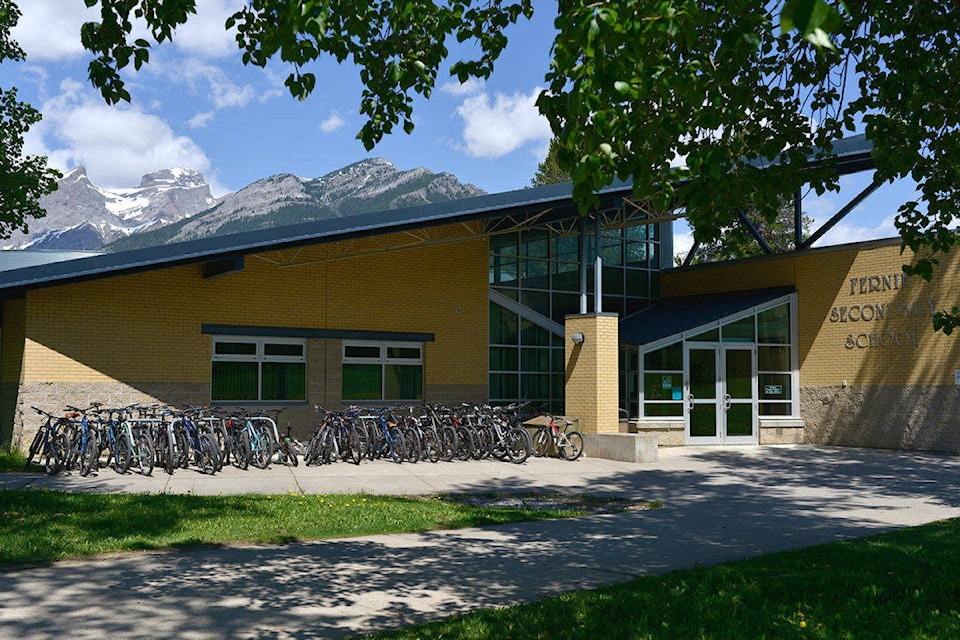Andrew Gulyas, a social studies and physical education teacher at Fernie Secondary School created an assignment encouraging students to create primary sources of documentation derived from their pandemic experience. Leading his grade nines through a number of exercises prompting written reflection, the assignment not only inspires youth to confront their emotions in an educational and historic way, but also offers them the opportunity to have their voices heard.
With the pandemic’s historical importance in mind, the idea behind the project was to have students write journal entries that would eventually be given to the Fernie Museum. In an effort to document what it is like to be a youth today, the donated records will be archived and used for future research. In order to tie the project into a social studies curriculum, Gulyas asked his students to relate their entries to as many current events as possible.
The assignment quickly became cross curricular as Ron Ulrich, executive director of the Fernie Museum, got involved and recommended local novelist, Angie Abdou.
“I was looking up things about how to mentally help kids get through the struggles of isolation and loneliness, and journaling came up as a way to help kids get through this. I thought about the mental health aspect of writing down feelings. Tie that into social studies, they are creating a primary document, with the added weight that this could be archived. Bringing Angie Abdou in there now makes it not only a social studies and English project, but also a mental health support system,” said Gulyas.
Employing her background in teaching and literature, Abdou will be hosting a three part Zoom workshop for the students, wherein she encourages them to create a nonfiction story based on the events going on in their daily lives. The short stories are then to be archived in conjunction with the journal entries.
“We had a huge turnout for our first Zoom class, and I received a lot of assignments back. Many students are thinking and writing and exploring. I think a lot of them were on autopilot before this point, but sitting down and writing got them thinking about things,” said Gulyas.
Without fail, the assignment is inspiring students to reach into areas of their experience they otherwise may not have accessed. Gulyas mentioned that many of the students have already dug into the depths of their experience, speaking about feelings of isolation and loneliness, struggles with their families, and issues like sleep schedules.
“These are things they expressed in writing, and probably ones that they haven’t thought about before. That’s why I think journaling can be so powerful. I appreciate writing and how cathartic it can be,” said Gulyas.
In an effort to make it easier to archive the student’s assignments, Gulyas asked them to write, doodle and sketch their stories out by hand. Participating students are to hand in digital copies of their journals for the time being, as final drafts will be collected when schools open back up.
While Gulyas hopes many of his students will hand the assignment in to the museum to be archived, he stated that with the grading system having changed significantly, the assignment remains optional. With the pandemic affecting students in terms of accessibility to technology, guidance, and supervision, Gulyas stated that teachers are currently focusing on developing skills and making learning meaningful, rather than adhering to strict curriculum material.
Trying to find creative ways to teach students material that they can connect to during isolation, he has come up with other similar assignments, such as a playlist project. By tasking his grade nines to create playlists of songs they are currently listening to, he encouraged them to tap into the emotions represented by each song. Through both assignments, Gulyas has come to a better understanding of the perspective and plight of youth, as well as the importance social media and music have had on maintaining the optimism and sense of community for them during the pandemic.
editor@thefreepress.ca
Like us on Facebook and follow us on Twitter
